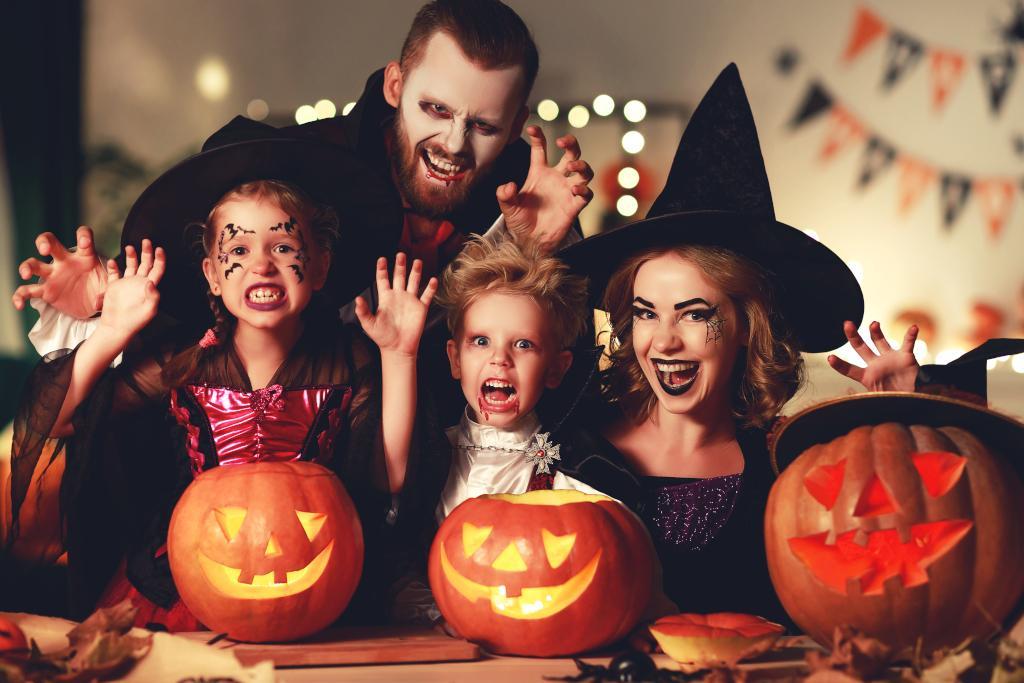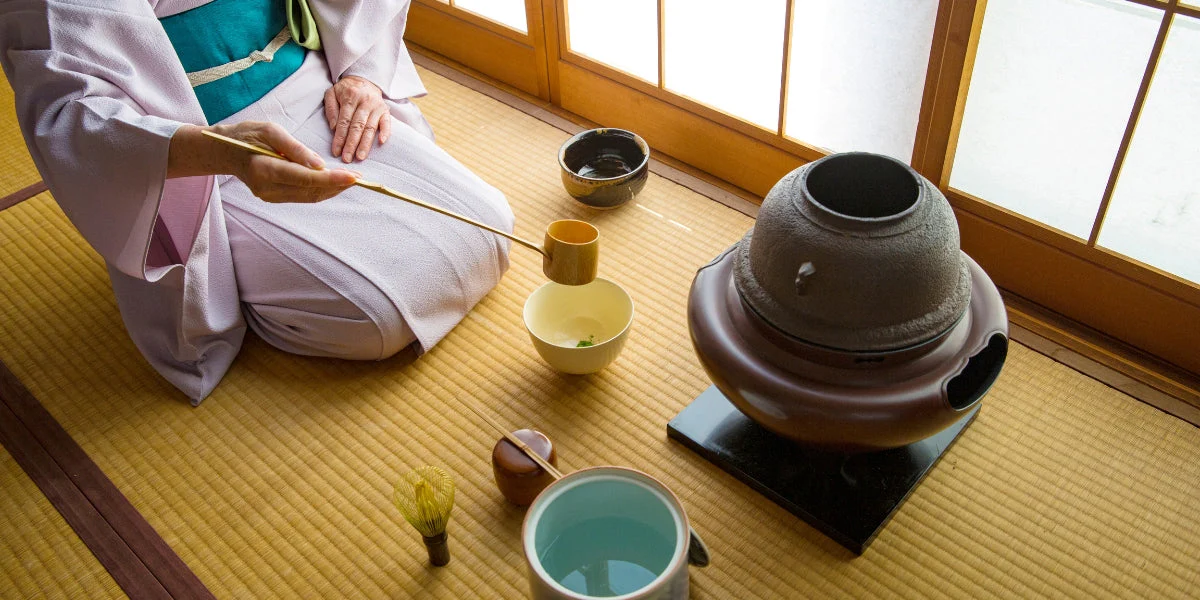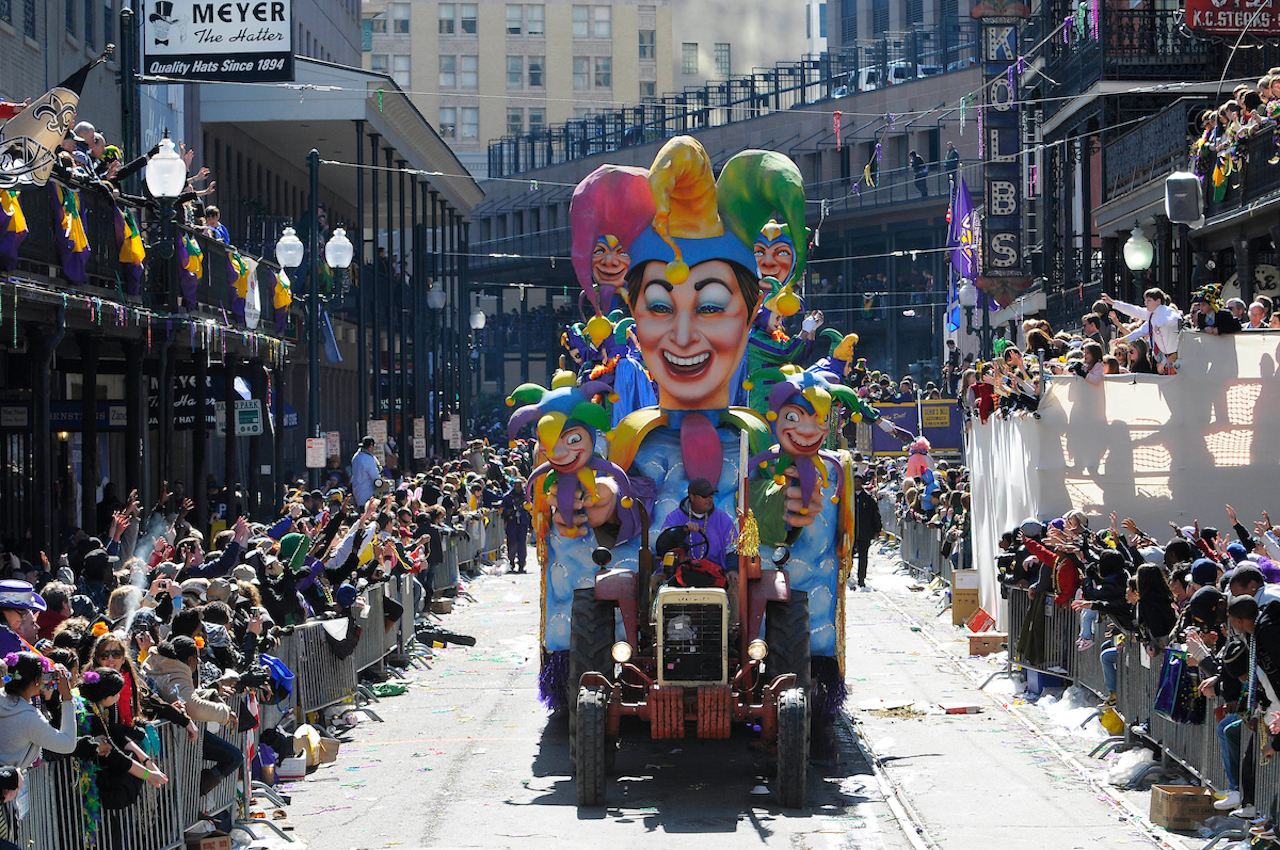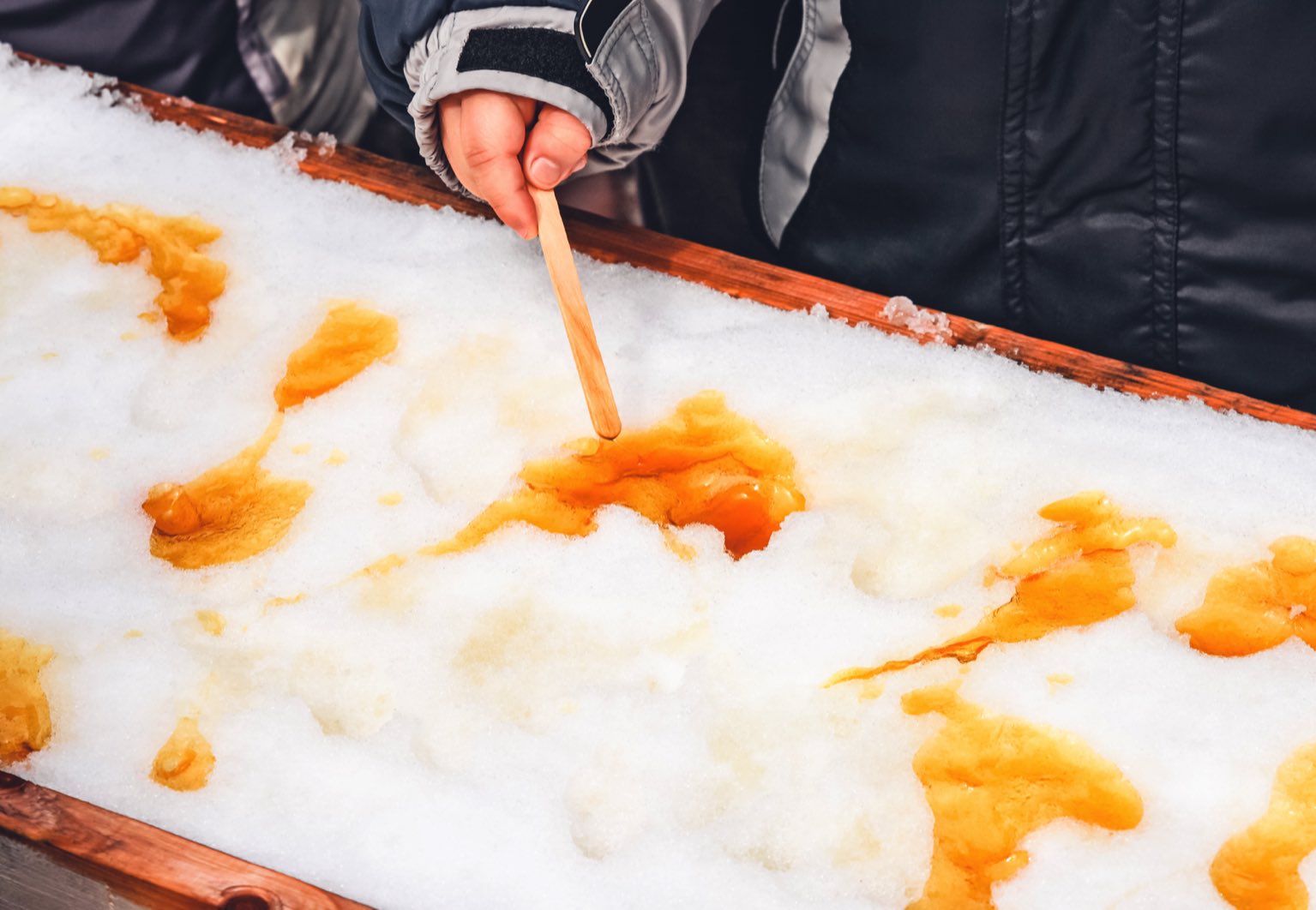Pokomde.info – Halloween, celebrated on October 31st, is a festival that has its roots in ancient traditions but has evolved into a widely recognized cultural experience in the United States and many other countries. This vibrant holiday is marked by a blend of spooky themes, playful festivities, and community gatherings, making it a time for creativity, fun, and reflection on life and death. Here’s a closer look at the cultural experiences associated with Halloween and how they bring communities together.
1. Historical Origins
Halloween’s origins can be traced back to the ancient Celtic festival of Samhain, which marked the end of the harvest season and the onset of winter. The Celts believed that on the night of October 31st, the boundary between the living and the dead became blurred, allowing spirits to roam the earth. To honor these spirits, they would light bonfires and wear costumes to ward off any harmful entities.
With the spread of Christianity, Samhain was gradually transformed into All Hallows’ Eve, a time to remember the dead. Over the centuries, the holiday evolved, incorporating various cultural elements from different regions, ultimately becoming the Halloween we celebrate today.
2. Trick-or-Treating: A Community Tradition
One of the most beloved Halloween customs is trick-or-treating, where children dress in costumes and go door-to-door collecting candy and treats. This tradition fosters a sense of community and connection, as neighbors come together to participate in the festivities.
- Costume Creativity: The costumes range from spooky and scary to whimsical and imaginative. This allows for self-expression and creativity, with children and adults alike embracing their inner ghouls, superheroes, or fantastical creatures.
- Community Engagement: Many neighborhoods organize events like Halloween parades or community parties, where families can gather, enjoy activities, and share in the festive spirit. These events often include games, contests, and themed activities that strengthen community bonds.
3. Haunted Attractions and Ghost Tours
As Halloween approaches, many cities and towns embrace their spooky side with haunted attractions and ghost tours. These experiences allow participants to engage with the supernatural aspect of Halloween.
- Haunted Houses: From elaborate haunted mazes to local community-organized haunted houses, these attractions often incorporate theatrical elements to create an immersive experience. Visitors are thrilled by jump scares, spooky props, and chilling stories.
- Ghost Tours: Many cities offer guided ghost tours that delve into local legends, haunted sites, and ghost stories. These tours provide a unique blend of history and folklore, allowing participants to explore the darker side of their community’s past.
4. Cultural Festivals and Events
Halloween has inspired various festivals and events that celebrate the holiday in unique ways. These gatherings often blend local traditions, food, and activities that reflect the diverse cultural landscape of the U.S.
- Pumpkin Festivals: Many towns host pumpkin festivals featuring pumpkin carving contests, pie-eating contests, and hayrides. These events celebrate the harvest season and offer fun activities for families to enjoy together.
- Dia de los Muertos (Day of the Dead): Although it is celebrated primarily in Mexico, this festival has gained popularity in the U.S. around the same time as Halloween. Dia de los Muertos honors deceased loved ones through colorful altars, traditional foods, and cultural ceremonies, offering a beautiful perspective on life and death.
5. Food and Treats
Halloween is also known for its special treats and festive foods that contribute to the cultural experience of the holiday.
- Seasonal Snacks: Popular Halloween treats include candy corn, caramel apples, and themed baked goods. Many people enjoy making Halloween-themed snacks at home, such as “witches’ fingers” made from cookies and almonds or “monster” cupcakes adorned with colorful frosting.
- Community Bake Sales: Schools and local organizations often host bake sales featuring Halloween-themed goodies. These events encourage community involvement and raise funds for various causes while indulging in seasonal treats.
6. Arts and Crafts
Halloween inspires a variety of arts and crafts projects, allowing individuals to express their creativity and embrace the holiday spirit.
- Pumpkin Carving: A classic Halloween activity, pumpkin carving brings families together to create unique jack-o’-lanterns. This craft encourages creativity and often leads to friendly competition among neighbors.
- Decorating: From spooky decorations to festive wreaths, many people enjoy decorating their homes with Halloween-themed crafts. This practice not only enhances the festive atmosphere but also fosters a sense of community spirit.
Conclusion: A Celebration of Community and Creativity
Halloween is more than just a day of costumes and candy; it is a rich cultural experience that brings people together in celebration, creativity, and reflection. From its historical roots in ancient traditions to modern community events, Halloween fosters a sense of belonging and encourages self-expression.
Whether you’re donning a costume, attending a haunted house, or enjoying seasonal treats, the spirit of Halloween is a celebration of life, community, and creativity that continues to evolve and inspire. Embrace the festivities and enjoy the myriad ways this enchanting holiday brings joy and connection to people of all ages.








